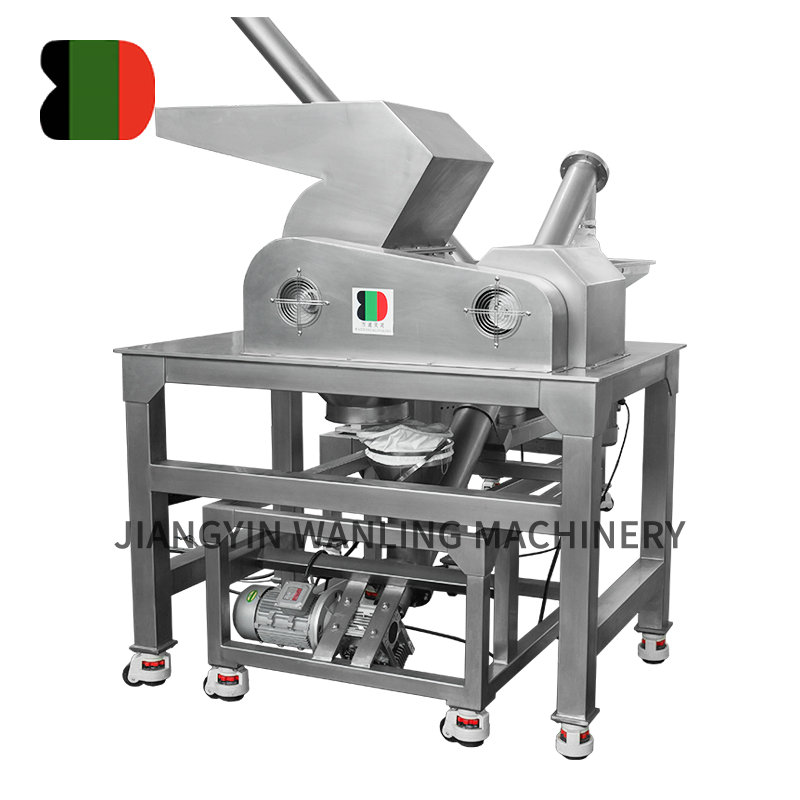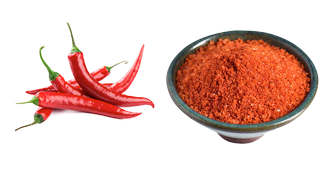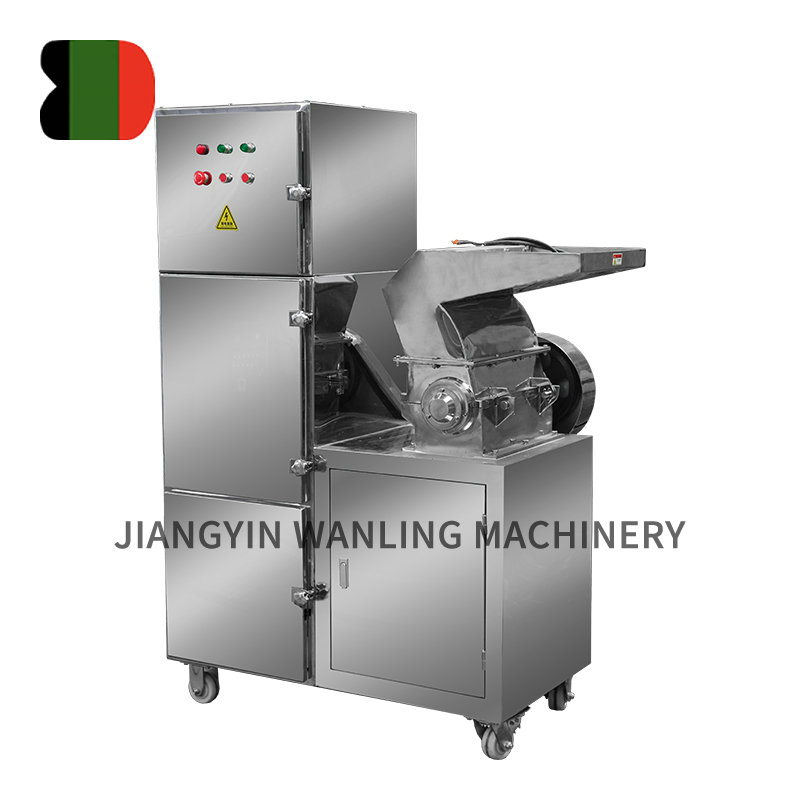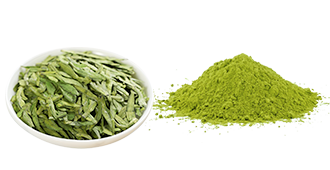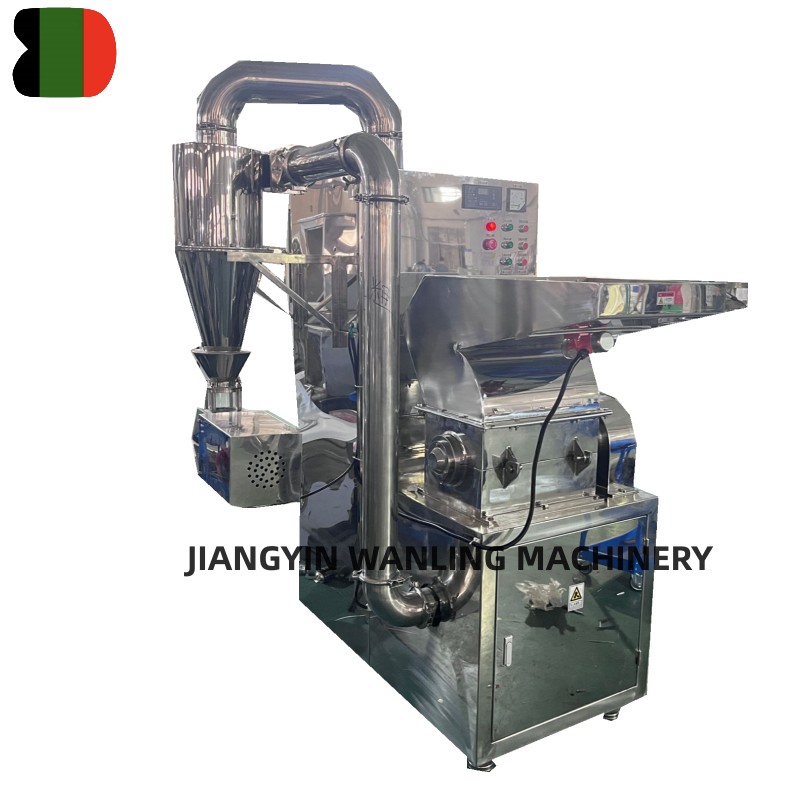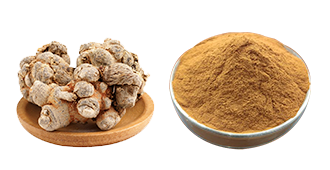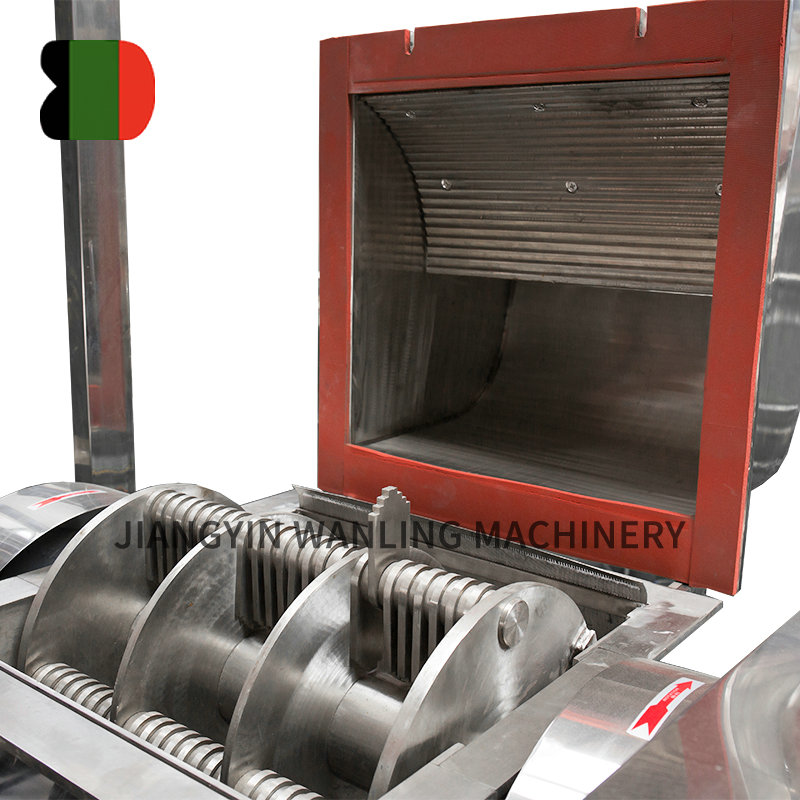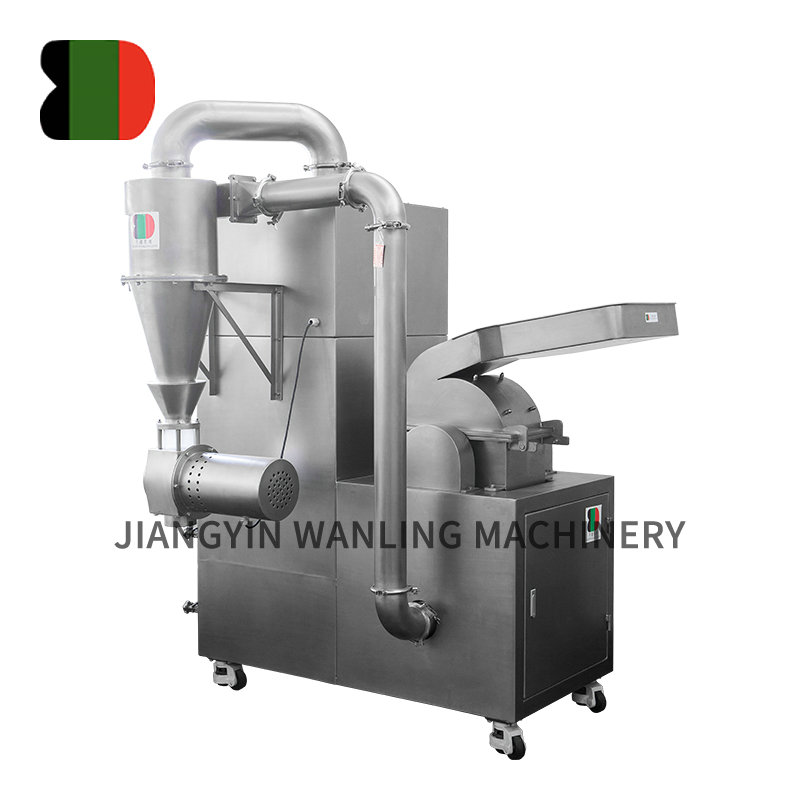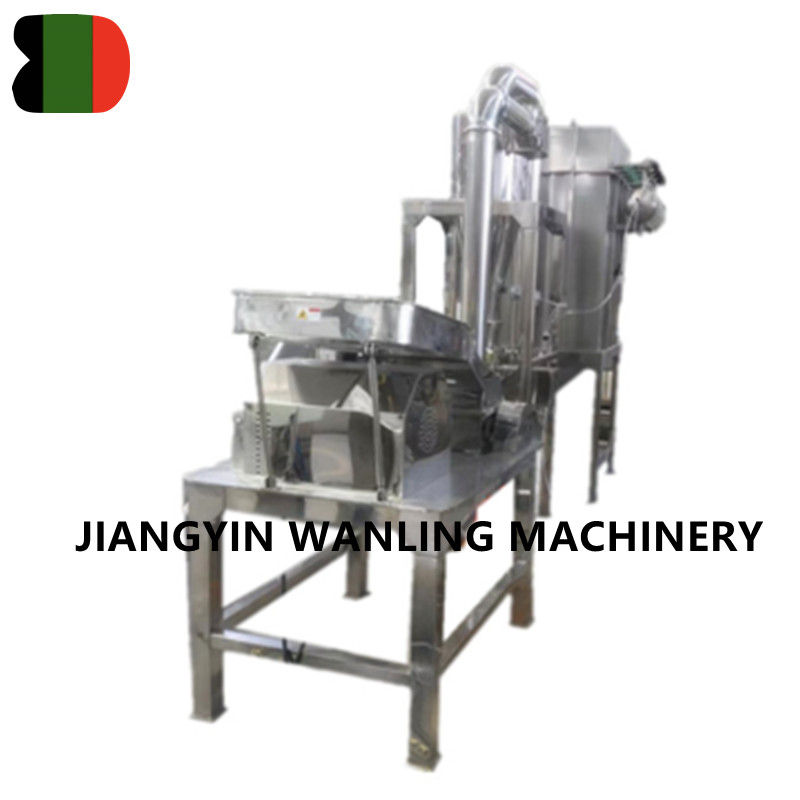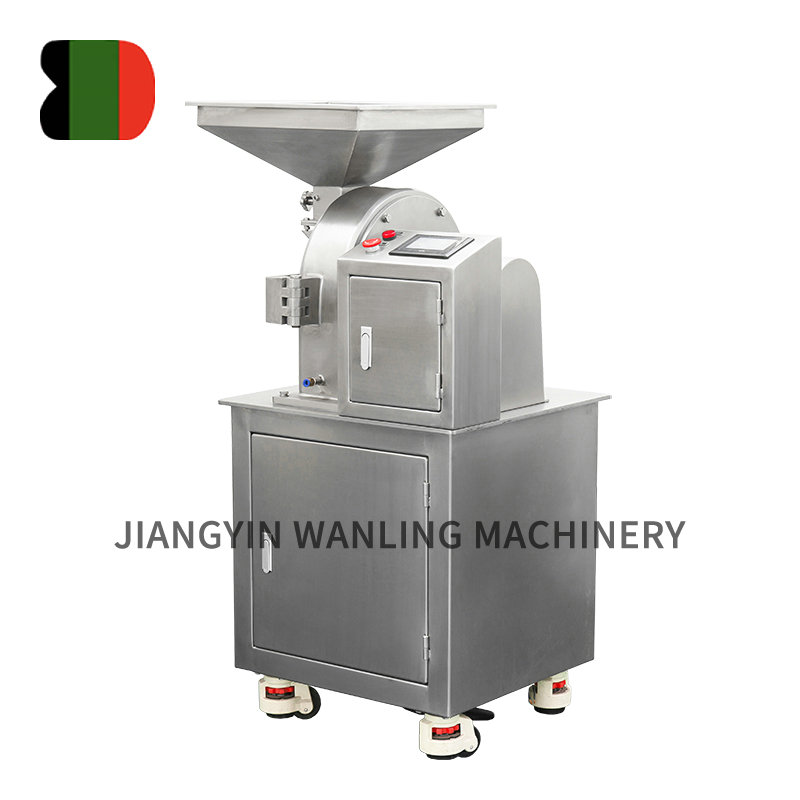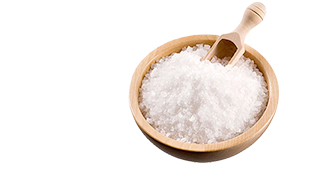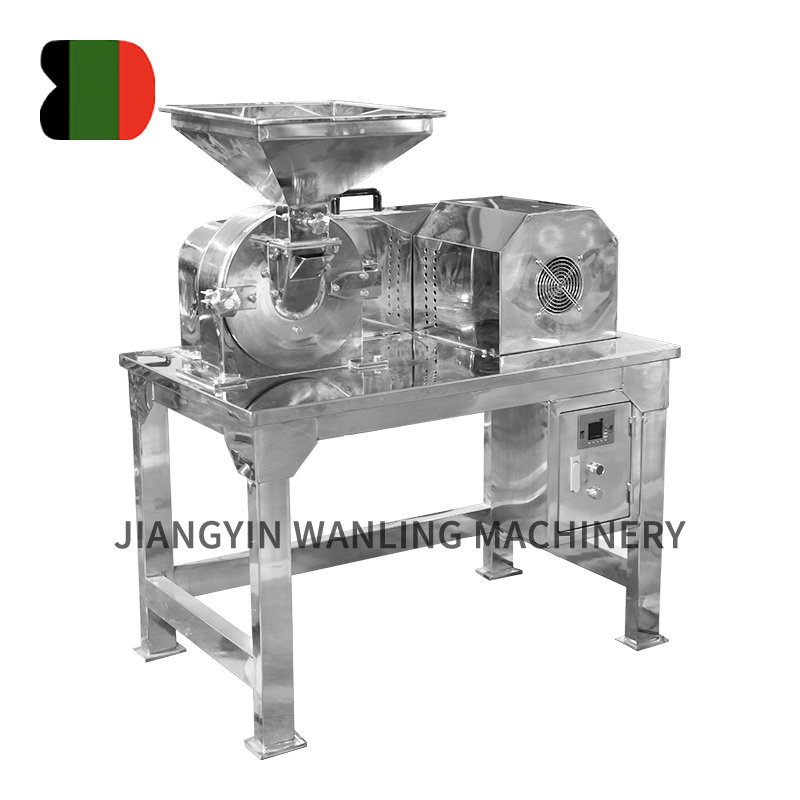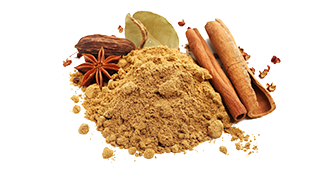Drying is a critical step in numerous industrial processes, often determining the final product’s physical properties, shelf life, and usability. Among the various drying technologies available, vibrating fluid bed dryers stand out due to their ability to handle challenging materials with superior thermal and mechanical performance.
Unlike conventional static fluid bed dryers that rely solely on air flow to suspend particles, vibrating fluid bed dryers introduce controlled mechanical oscillation into the system. This dynamic enhancement improves material movement, enhances heat and mass transfer rates, and reduces the risk of particle agglomeration or channeling — common issues in traditional drying methods.
Working Principle and Design Configuration
At its core, a vibrating fluid bed dryer operates by suspending solid particles in an upward-flowing stream of heated air or gas, creating a "fluid-like" state known as fluidization . Simultaneously, the dryer bed is subjected to controlled linear or circular vibrations, which help maintain even distribution of the material across the drying chamber and prevent stagnant zones.
Key components of a typical VFBD system include:
Drying Chamber : A perforated deck or multi-zone platform where the material is introduced and dried.
Air Distribution System : Ensures uniform airflow through the bed to promote consistent fluidization.
Vibration Mechanism : Usually driven by electric motors with eccentric weights or electromagnetic actuators, providing precise amplitude and frequency control.
Heating Unit : Supplies conditioned air at desired temperatures, often integrated with dehumidification or filtration systems.
Exhaust and Dust Collection System : Removes evaporated moisture and fine particulates to meet environmental and safety standards.
Modern designs may also incorporate modular configurations , multi-stage temperature zones , and intelligent control systems for real-time monitoring and optimization.
Advantages Over Conventional Drying Systems
The integration of vibration into fluidized bed technology offers several distinct advantages:
Enhanced Heat and Mass Transfer : Vibration promotes better contact between the drying medium and the product, accelerating evaporation and reducing drying time.
Uniform Product Quality : Continuous agitation prevents uneven drying and ensures homogeneity in moisture content and particle size.
Reduced Risk of Thermal Degradation : Precise temperature control and shorter residence times make it suitable for thermally sensitive materials.
Improved Flowability of Sticky or Cohesive Materials : Mechanical vibration helps break up clumps and facilitates smooth discharge.
Energy Efficiency : Optimized airflow and heat recovery systems contribute to lower specific energy consumption compared to rotary or tray dryers.
Scalability and Flexibility : Available in both batch and continuous operation modes, adaptable to varying production scales and material types.
Industrial Applications
Due to its versatility and performance, the vibrating fluid bed dryer is employed across a broad spectrum of industries:
1. Pharmaceutical Industry
Used for drying wet granulations, active pharmaceutical ingredients (APIs), and coated tablets without compromising integrity or potency.
2. Food and Beverage Sector
Ideal for drying dairy powders, instant coffee, starches, spices, and pet food ingredients under hygienic and controlled conditions.
3. Chemical Manufacturing
Applied in the drying of polymers, resins, catalysts, pigments, and specialty chemicals where precise moisture control is essential.
4. Mineral and Metallurgical Processing
Utilized for dewatering ores, drying salts, and preparing feedstock for further thermal treatment or pelletizing.
5. Environmental Engineering
Employed in sludge drying, waste incineration support, and biomass processing to reduce volume and increase calorific value.
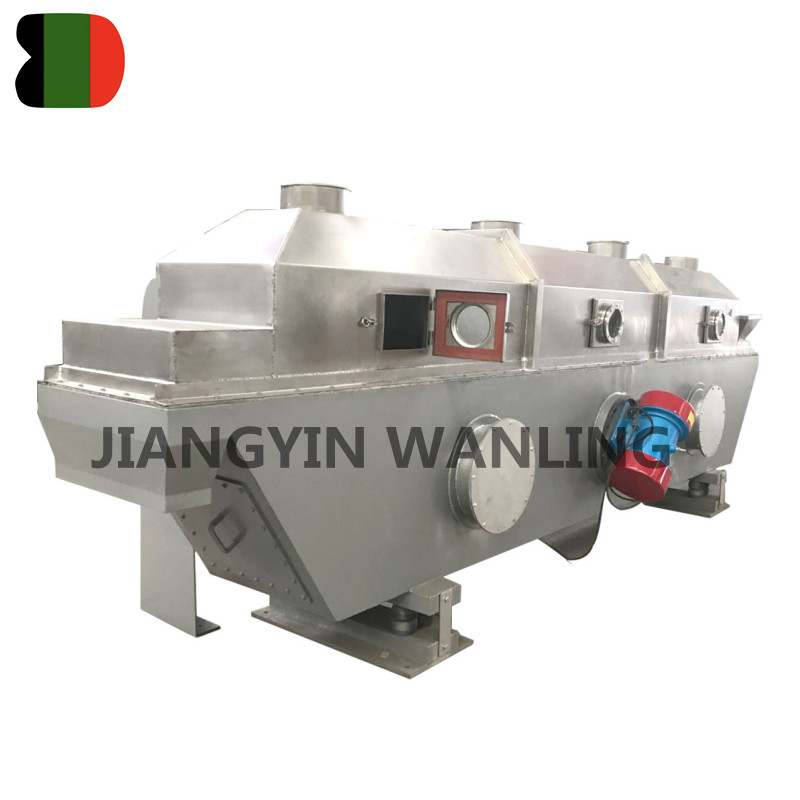
Process Optimization and Control Strategies
To maximize the efficiency and reliability of a vibrating fluid bed dryer , advanced control strategies are increasingly being adopted:
PID Temperature and Humidity Control : Ensures stable operating conditions and minimizes product variability.
Automated Feeding and Discharge Systems : Maintains consistent throughput and reduces manual intervention.
In-line Moisture Sensing : Enables real-time adjustments to drying parameters based on feedback data.
CFD Modeling and Simulation : Helps optimize airflow patterns and internal geometry during design phases.
Predictive Maintenance Algorithms : Monitors vibration levels, bearing wear, and motor load to prevent unplanned downtime.
These innovations not only enhance process repeatability but also support compliance with industry-specific regulations such as GMP, FDA, and ISO standards.
Challenges and Limitations
Despite its many benefits, the use of vibrating fluid bed dryers presents certain challenges:
Initial Capital Investment : High-performance models with advanced controls can be costly.
Material Compatibility : Not all materials respond well to vibration; friable or irregularly shaped particles may experience attrition.
Noise and Vibration Transmission : Requires proper isolation mounts and acoustic enclosures to protect surrounding equipment and personnel.
Operator Expertise : Effective operation demands trained personnel familiar with both mechanical and process dynamics.
Ongoing research focuses on addressing these issues through improved material handling techniques, noise-dampening technologies, and more intuitive user interfaces.
Future Trends and Innovations
As industries move toward greater automation, sustainability, and precision, the evolution of vibrating fluid bed dryers continues:
Integration with Industry 4.0 Technologies : IoT-enabled sensors, cloud-based analytics, and digital twins are enhancing remote monitoring and predictive maintenance capabilities.
Development of Hybrid Systems : Combining vibrating fluid bed technology with microwave or infrared heating for faster, more energy-efficient drying.
Use of Alternative Energy Sources : Incorporating solar thermal, waste heat recovery, and heat pump-assisted systems to reduce carbon footprint.
Green Chemistry Applications : Supporting solvent recovery and closed-loop drying cycles in eco-friendly production environments.
These advancements promise to expand the applicability of VFBD systems while aligning them with global trends in resource efficiency and smart manufacturing.



 Español
Español